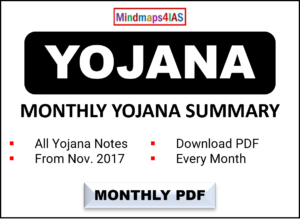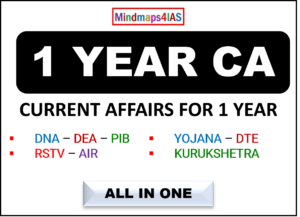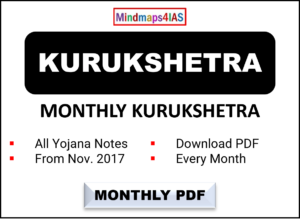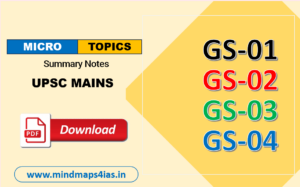Relevance: Understanding the contributions of historical figures like Lal Bahadur Shastri and significant events such as the Tashkent Declaration is crucial for UPSC preparation, particularly in the context of India’s political history and international relations.
Why in the News?
January 11 marks the 59th death anniversary of Lal Bahadur Shastri, India’s second Prime Minister, who passed away in Tashkent, Uzbekistan, on January 11, 1966. His death occurred a day after signing the Tashkent Declaration, which aimed to foster peace between India and Pakistan following the 1965 war. The circumstances surrounding his death remain controversial due to the absence of a postmortem examination.
Key Takeaways
- Early Life and Political Career:
- Born on October 2, 1904, in Mughalsarai, Uttar Pradesh, Lal Bahadur Shastri dedicated his youth to India’s independence struggle.
- He served in various capacities within the UP state government and later at the central level before becoming Prime Minister on June 9, 1964, following Jawaharlal Nehru’s death.
- Name and Title:
- Originally named Lal Bahadur Shrivastava, he dropped his surname to oppose the caste system. The title “Shastri” was conferred upon him after graduating from Kashi Vidyapeeth in 1925, meaning “scholar.”
- Ministerial Roles:
- As Minister of Police and Transport post-independence, he appointed the first women bus conductors and advocated for using water jets instead of lathis for crowd control.
- He became Union Minister for Railways and Transport in 1952 and resigned twice due to train accidents, demonstrating a commitment to moral responsibility.
- Prime Ministership:
- During his tenure, Shastri introduced significant agricultural reforms amidst food shortages, including establishing the Minimum Support Price (MSP) for crops.
Tashkent Declaration
- Background of Conflict:
- The 1965 war with Pakistan commenced when Pakistan initiated an undeclared war in Jammu and Kashmir, leading to military confrontations.
- Following escalated tensions, Shastri authorized Indian military actions across the International Border.
- Ceasefire Negotiations:
- Soviet Premier Aleksey Kosygin facilitated a meeting between Shastri and Pakistan’s President General Ayub Khan in Tashkent.
- The Tashkent Declaration, signed on January 10, 1966, aimed at restoring peace and normalizing relations between India and Pakistan but ended an inconclusive war without significant territorial changes.
- Shastri’s Death:
- Shastri died unexpectedly from a heart attack on January 11, shortly after signing the declaration. His health had been previously compromised by earlier heart attacks.
- Speculation arose regarding his death due to alleged pressure from Soviet leaders to sign the declaration; however, it was asserted that he signed willingly.
Legacy
- Slogan “Jai Jawan Jai Kisan”:
- Shastri coined this slogan during a public gathering in Uruva village in 1965 amidst food shortages exacerbated by war.
- The slogan emphasized the importance of both soldiers (“Jai Jawan”) and farmers (“Jai Kisan”) as pillars of national security and well-being.
- Subsequent Additions to the Slogan:
- After India’s nuclear tests in 1998, Prime Minister Atal Bihari Vajpayee added “Jai Vigyan” (Hail Science) to highlight scientific progress.
- In 2019, Prime Minister Narendra Modi further expanded it to “Jai Anusandhan” (Hail Research), emphasizing research’s role in national development.
Lal Bahadur Shastri’s contributions as a leader during pivotal moments in Indian history underscore his legacy as a figure of integrity and moral responsibility. The Tashkent Declaration remains a significant event in India’s diplomatic history, reflecting attempts at peace amidst conflict. Understanding these aspects is essential for UPSC aspirants as they provide insights into India’s political evolution and international relations dynamics.
















